Description
The Harrogate Great Chronicle is a unique and new type of local book. Part I, the printed book, is a complete history of the crucial early development of ‘the English Spa’ from its earliest documentary reference in 1332 to the Harrogate Improvement Act of 1841. In many ways it acts as a prequel to the late H.H. Walker’s monumental History of Harrogate under the Improvement Commissioners, 1841–1884. It is an evenly flowing narrative which is particularly concerned with the discovery, use and promotion of the mineral wells, whose health-giving powers became the foundation of Harrogate’s later prosperity. Along with the history of the spa, and the important role of the Duchy of Lancaster in urban development, Part I also considers the changing role of education, hospitals, schools, religion and the churches, local government and poor law, transport, social history, the enclosure movement and how national events such as plagues, revolution and war all affected life in one small Yorkshire town.
The author has consulted virtually every original source of information, many of which are to found as far afield as London or Oxford, in order to produce a strikingly comprehensive and useful narrative. Uniquely, in Part II of the Harrogate Great Chronicle he has ordered virtually all of these source materials into 24 sections which – because of their sheer size – have been reproduced in digital form on a CD-ROM which is bound into the case of this hardback volume.
The narrative history of Part I refers constantly to the source material in Part II, an approach which allows other readers to test the author’s conclusions and which, importantly, provides local people with an absolutely vast source of information about the early history and development of their town.
Local people and historians everywhere will find masses of new information and new insight in this unique publication.
- Author: Malcolm Neesam
- Binding: Hardback
- ISBN: 978-1-85936-145-0
- Pages: 448
- Illustrations: Around 140, some in colour
- Date of Publication: December 2005
- Dimensions: 243 × 169 mm

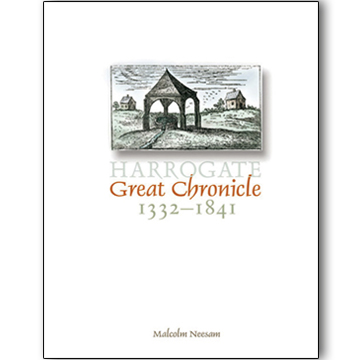
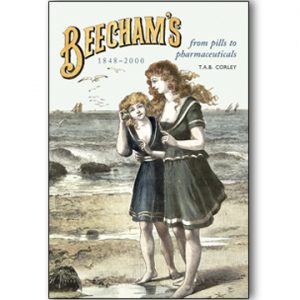
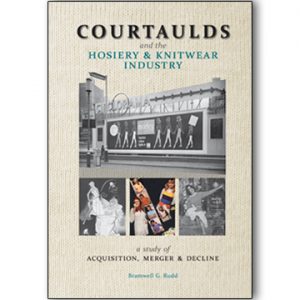
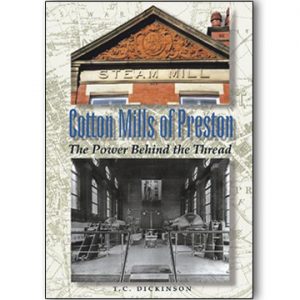
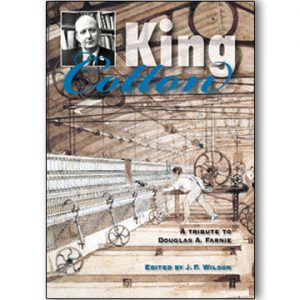

John A Hargreaves –
From a recently-discovered hoard of Viking treasure to the mysterious disappearance of Agatha Christie in the town in the 1920s, Harrogate’s history has often hit the headlines. In 1970, under the inspiring leadership of Professor Bernard Jennings, a pioneering WEA group published studies of the linked but contrasting urban communities of Harrogate and Knaresborough from prehistoric times to the early twentieth century. This reflected growing interest in the history of what Daniel Defoe once pronounced ‘a most desolate out-of-the-way place’. Now, the publication of Malcolm Neesam’s chronicle of the town, from its earliest documentary reference (in a court roll of 1332) to the 1841 Improvement Act, together with an immense accompanying archive of digitised documentation, has made available an extraordinarily detailed and innovatory resource for local and family historians. Beautifully illustrated throughout, this book will prove a rich quarry for future researchers.
The well-documented accounts of visitors to the spa add colour and humour to the narrative, which is a prequel to H.H. Walker’s monumental History of Harrogate under the Improvement Commissioners, 1841-1884. Neesam recounts the competitive binge drinking and holiday revelry of local foresters flocking to Harrogate’s first spa in the early seventeenth century, ‘vying with one another who can drink most’. Commenting on the diuretic effects of the spa water, he observes that after visitors from York had drunk between eight and fifteen glasses of water from the Tewit Well, within the hour it was coming ‘so freely from us that we were like … walking conduits’. Dr Michael Stanhope lamented the lack of public conveniences and noted the ‘unseemly shifts I have seen many strangers of note put to for want of a convenient place of retirement’. Neesam records that Viscount Castlereagh, the future foreign secretary who suffered from a recurrent depressive disorder and was a frequent visitor to the spa in 1797-1810, remarked in 1801 (when as chief secretary in Ireland he was securing the Act of Union), ‘I have been very idle since I came, have forgot politics, and am grown very fat’.
Neesam explains the important roles of the Duchy of Lancaster, Harrogate’s burgeoning medical profession, and commercially-minded innkeepers in facilitating the development of the spa and advances new theories regarding the origins of the theatre (1776-1788) and the first newspaper (1820). He contends that the basic infrastructure established between 1778 and 1841 shaped the Victorian development of the town. Comparing Harrogate with other spas, he concludes that it was in many respects atypical. Harrogate claimed the world’s greatest supply of natural mineral waters; its spa water was the first to have been drunk in England; and it may also, Neesam argues, lay claim to have originated farmhouse cottage holidays, warm water bathing with herbal bathing additives, and bottled water, some ninety years before other instances noted by Phyllis Hembry in her classic study of English spa towns.
Harrogate eschewed the ‘master of ceremonies’ role modelled by Richard Nash at Bath and imitated at Hotwells, Cheltenham, Leamington, Scarborough and Southampton. This encouraged less formal social networking though not until the early nineteenth century did social distinctions really began to blur. In the Georgian period ‘the great Manchester millocrat, the Sheffield pinmaker, the iron-founder from Black Barnsley’ generally populated the Queens Hotel (nicknamed ‘the Manchester Warehouse’), London politicians frequented the Dragon (‘The House of Commons’) and members of the aristocracy held court at the Granby (‘The House of Lords’). By 1839 there was a changing social milieu where ‘cutlers and cotton-spinners aspire to great assembly rooms and gigantic banqueting saloons and nothing pleases the wealthy townsmen of Bradford and Huddersfield, Halifax and Rochdale, but the well-stuffed sofas of red damask, and the cuisine par excellence’ of the Dragon and Granby, formerly the preserve of the landed gentry. Finally, Harrogate proved better equipped than some of its rivals to survive the competition from the seaside resorts during the railway revolution of the mid-nineteenth century, when other inland spas declined.
There is occasional repetition and some overlap between chapters which judicious pruning might have avoided, but the inclusion of a conveniently accessible CD-ROM archive of primary source material will prove invaluable for collaborative group work in secondary, tertiary and adult education and a boon to the individual researcher into family or local history.